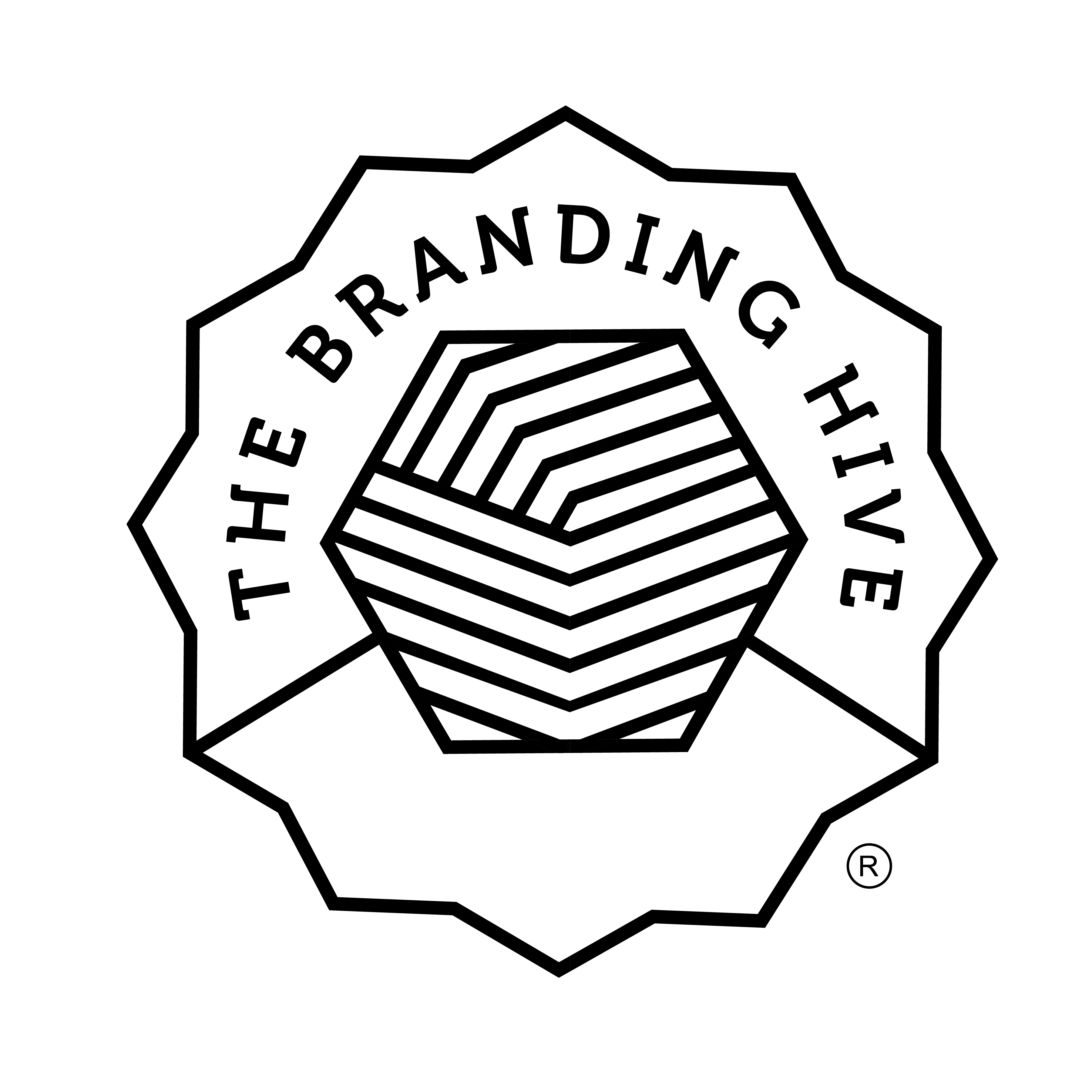Web3
Decentralized, Community-driven Experiences
Understanding Web3 Marketing
Integrating Web3 technologies revolutionizes marketing by enabling brands to create decentralized, community - driven experiences. Through blockchain and tokenization, companies can foster transparent, secure, and immersive customer interactions, enhancing consumer loyalty and a sense of ownership. Web3 marketing leverages decentralized technologies like blockchain and NFTs to craft more transparent and personalized strategies. This approach shifts the traditional marketing paradigm, emphasizing user empowerment and community engagement. By utilizing decentralized platforms, brands can interact directly with their audiences, reducing reliance on intermediaries and building trust through transparency
Key Elements of Web3 Marketing
- Decentralization: Eliminates intermediaries, allowing direct brand-consumer interactions.
- Tokenization: Enables brands to create digital assets or tokens that can be used for rewards, access, or ownership, enhancing customer engagement and loyalty.
- Community Building: Focuses on fostering active, engaged communities where users have a stake in the brand's ecosystem, promoting a sense of ownership and loyalty.
- Transparency and Trust: Utilizes blockchain's immutable ledger to ensure that all transactions and interactions are transparent, building consumer trust.
Strategies for Implementing Web3 in Marketing
- Community Engagement: Develop platforms where users can interact, share ideas, and contribute to the brand's development. This participatory approach enhances loyalty and creates a sense of ownership among consumers.
- Token-Gated Commerce: Offer exclusive access to products or services by owning specific tokens or NFTs, incentivizing purchases and engagement.
- Decentralized Advertising: Utilize blockchain-based advertising networks to ensure transparency in ad placements and interactions, enhancing consumer trust.
Challenges and Considerations
While Web3 offers numerous advantages, brands must navigate scalability, technical expertise, and user adoption challenges. To ensure successful implementation, it is essential to educate both the marketing team and the consumer base about Web3 technologies. In conclusion, integrating Web3 technologies into marketing strategies enables brands to create decentralized, transparent, and community-driven experiences. By embracing these innovations, companies can position themselves as thought leaders and pioneers in the evolving digital landscape.
Case Studies of Web3 Integration in Marketing
-
Nike's SWOOSH Platform (Link) : Nike has developed a Web3-enabled platform where community members can access virtual collections, purchase digital apparel for gaming, and collaborate on virtual products. This fosters a sense of community and co-creation.
-
Aura Blockchain Consortium (Link): Luxury brands like Dior, Prada, and Cartier have collaborated to create a standardized framework for the digital identities of luxury goods, enhancing transparency and authenticity for consumers.
Benefits of Web3 Marketing
- Enhanced Customer Loyalty: By involving customers in a brand's ecosystem through tokenization and community engagement, brands can foster deeper loyalty and a sense of ownership.
- Improved Transparency: Blockchain technology ensures all transactions and interactions are transparent, building consumer trust.
- Direct Engagement: Decentralized platforms allow brands to interact directly with consumers, reducing reliance on intermediaries and enhancing the authenticity of interactions.




